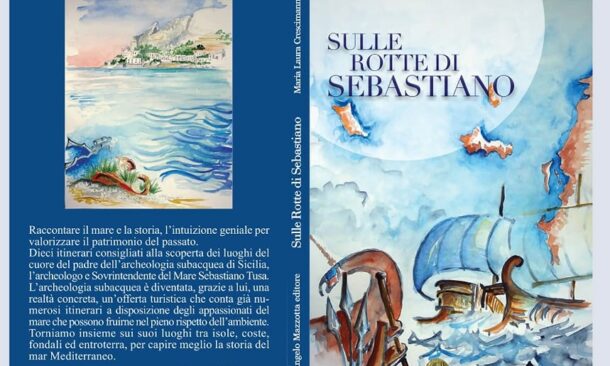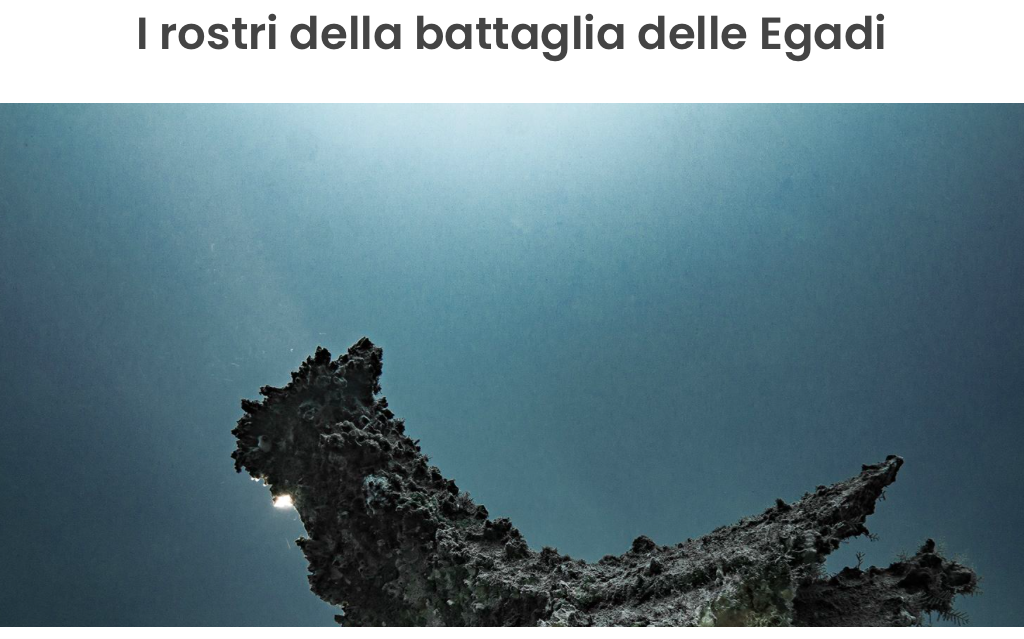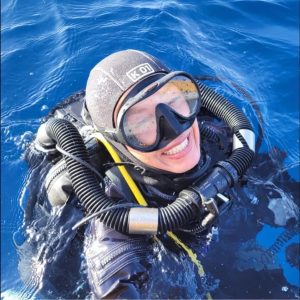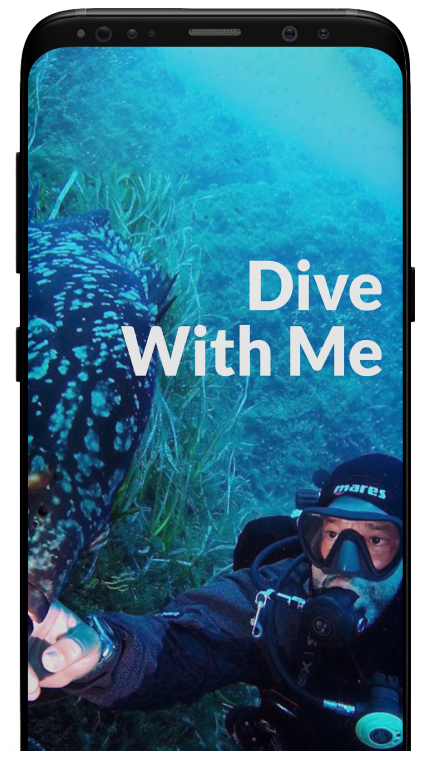“On the routes of Sebastiano” Tusa is the fourth book by Maria Laura Crescimanno and retraces Sebastiano Tusa’s favorite places. The itineraries that highlight the treasures immersed in the Sicilian seabed, connecting them to the history of this splendid land.
First of September, it is 12 in the afternoon, Palermo. I am meeting the author, Maria Laura Crescimanno, at the “Antonino Salinas” Regional Archaeological Museum, a treasure trove of one of the richest archaeological collections in Italy. It is a testimony of Sicilian history in all its phases, from prehistory to the Middle Ages.
https://www2.regione.sicilia.it/beniculturali/salinas/index.html
Maria Laura Crescimanno on the routes of Sebastiano Tusa
Actually, Maria Laura is: a journalist, a great traveler, a confirmed diver and a language teacher. As soon as we began the conversation, I felt that I had a truly cultured, curious and profound woman in front of me. She is animated by the awareness of the essential and necessary protection of natural resources and the environment.

Maria Laura’s fourth book, “On the routes of Sebastiano”, published in 2020, by the publisher Angelo Mazzotta (Selinunte Libri), is a guide that induces the reader to travel through Sebastiano Tusa’s “favorite places” or itineraries that highlight the treasures immersed in the Sicilian seabed linking them to the history of the Sicilian land.
https://www.selinuntelibri.com
Who is Sebastiano Tusa
Sebastiano Tusa was an internationally renowned archaeologist and scientist from Palermo. He was a university professor in Trapani, Bologna, Naples and in Germany. He was head of the Superintendence of the Sea of the Sicilian Region, which he founded in 2004, for more than 12 years until his tragic death in March 2019.
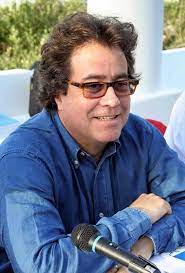
Tusa revealed some of the most remote Sicilian historical secrets, of which the most important are those linked to the excavations of Mozia and Pantelleria. Through in-depth investigations, he managed to scientifically demonstrate, with indisputable data, the true location of the battle of the Egadi. The naval battle with the Carthaginians took place north of Capo Grosso in Levanzo and not in Cala Rossa as described in some history books.
Someone might wonder about the purpose of the historical-scientific tenor of such data…
In order to answer this question, it is enough to mention Tusa, as a great connoisseur of the ancient world: “Behind everything there is history or a principle that founds reality: we need to investigate skilfully and rigorously if we want to understand the dynamics of the present.”
Therefore, by reconstructing the development path of global history we would be able to better understand the present and remedy the negative phenomena that impact our planet.
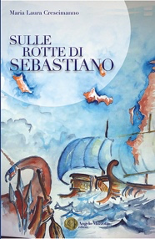
On Sebastiano’s routes
The book “On the routes of Sebastiano” highlights ten submerged archaeological paths told by the author in light of the historical and scientific data discovered by Sebastiano Tusa.
Thus, you can navigate from Mozia to Ustica passing from Pantelleria, to the Aeolian and Egadi Islands.
Through Tusa’s philosophy archaeologist, who associated a passion for the sea and the ancient history of the Mediterranean, a world of knowledge opens up to the reader, but also a new vision of tourism in Sicily.
In fact, we are talking about the enhancement of the territory and about job opportunities for the natives and, consequently, about environmental sustainability.
In fact, the concept of “cultural ecotourism” lies in the awareness of the true value of the Sicilian land. Both by tour operators and by those who travel to Sicily thirsty for discoveries of all kinds. The awareness of the protection of natural and historical heritage can only generate greater respect for them.
With regard to this last point, Tusa was the first to implement the principles of the Unesco Convention on the Protection of Underwater Cultural Heritage. It was adopted in Paris on November 2, 2001 by the General Conference of UNESCO member states in order to better protect the underwater heritage. It entered into force on January 2, 2009. One of the key principles was to keep the submerged heritage in place and to create these submerged itineraries. The archaeologist fought the destruction of the latter with “the intelligent weapon of disclosure and knowledge“.
http://www.unesco.org/new/en/culture/themes/underwater-cultural-heritage/2001-convention/
One of the 10 routes
I wanted to choose one of the ten routes and tell you about it in particular. I followed Maria Laura’s suggestion. I will give you a brief summary of itinerary number 10, relating to the Antiquarium of the Valley of the Temples at the sea of San Leone, in the province of Agrigento.
This path reflects, in a very significant way, the red thread of the book but also of the visionary and determined thought of Sebastiano Tusa. That is to (re) connect historical events that took place on land with those that occurred in the sea, since they are inseparable from the beginning.
We are located along the coast between Gela and Agrigento where, thanks to a bottom of sediments, the sea has preserved many wrecks still to be discovered. The Antiquarium of the Sea of Agrigento resurrects the history of navigation in this area until ancient times. Confirming the presence of ports at the mouth of the Akragas and Naro rivers, as was in use at the time of the Greeks.
Thus, Roman anchors, a medieval cannon and the wreck of an English steamer carrying sulfur were found. It was identified thanks to its bell, discovered next to the cannons, where the name of the ship was engraved: the Almerian. The ship was sunk by the Germans during the First World War.
23 course cards
In addition to the 10 detailed itineraries, no less than 23 cards of underwater routes in Sicily have been inserted by the Superintendency of the Sea. Such as Punta Falconiera in Ustica (PA), Capo Graziano in Filicudi (ME), Basiluzzo in Panarea (ME), the wreck of marbles in Capo Passero (SR) or the Kent wreck in San Vito Lo Capo (TP). These cards are a great help for divers who are passionate about history, archeology and photography. It allows you to make the most of the available bottom time, to make targeted and rewarding dives.
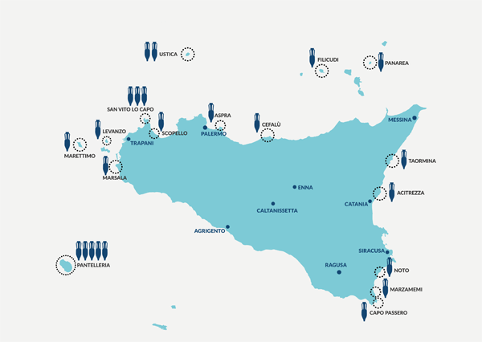
Each card indicates the value of the site, the type of finds, the width and depth, the type of seabed, profile of the dive and distance from the coast.
https://www2.regione.sicilia.it/beniculturali/archeologiasottomarina/itinerari.htm
Di sicuro, il libro “Sulle rotte di Sebastiano” dovrebbe trovarsi a portata For sure, the book “On the routes of Sebastiano” should be within reach of every diver! I want to thank Maria Laura for her availability and her generosity in sharing some pieces of her long experience from which she has always been able to obtain beauty and knowledge. What use would it be to discover our origins if not to improve ourselves through the example of our ancestors?


